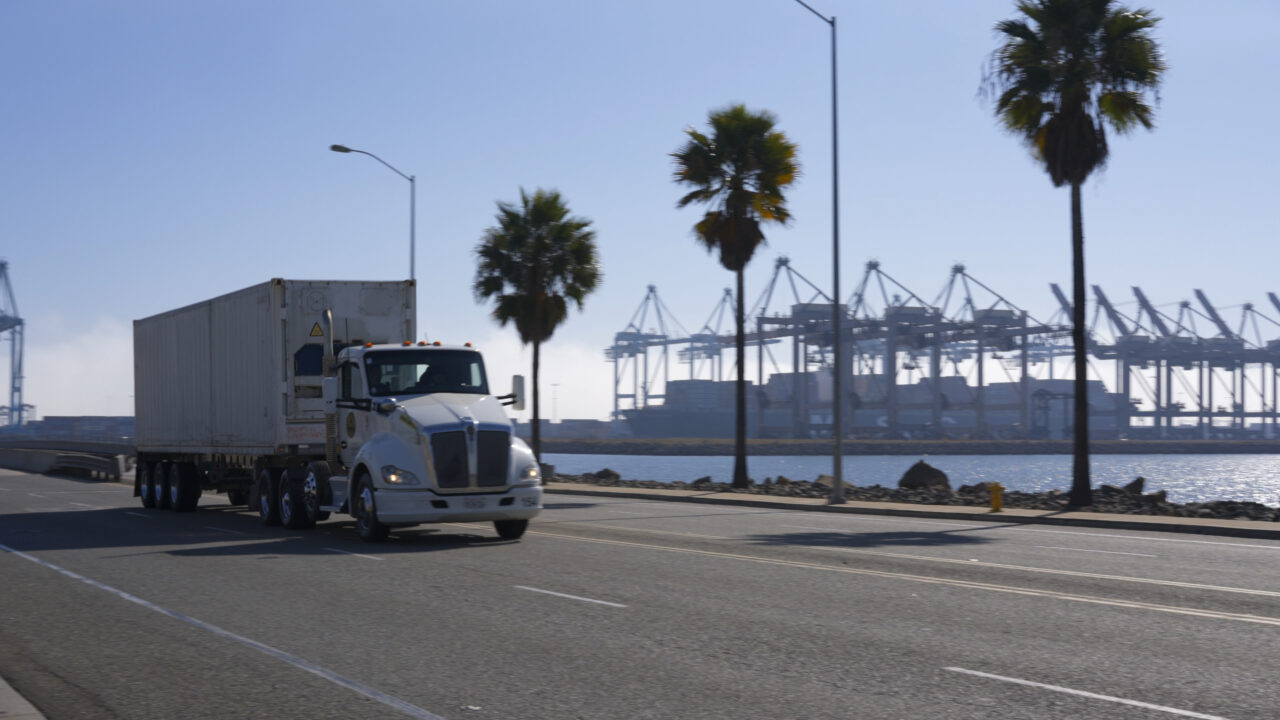Unlocking Efficiency and Sustainability: Why Intermodal Transportation Matters for Modern Shippers
In the complex world of logistics, intermodal transportation has emerged as a versatile and efficient solution for moving goods across long distances. By seamlessly integrating multiple modes of transport, intermodal shipping offers a cost-effective, reliable, and sustainable way to manage their supply chains.
Whether you’re transporting goods domestically or internationally, understanding the benefits and challenges of intermodal transportation can help you make informed decisions about your logistics strategy. Heavy Weight Transport shares what intermodal transportation is and why it is so important as a shipping company.
What Is Intermodal Transportation?
Intermodal transportation involves moving freight in standardized containers across two or more modes of transport without handling the goods during transitions. This method ensures that cargo remains secure and intact throughout its journey.
Common intermodal combinations include rail and truck for domestic shipping or ship and truck for international logistics. The use of standardized containers simplifies logistics planning and ensures faster transfer between modes, making it an attractive option for businesses looking to streamline their operations.
Key Benefits of Intermodal Transportation
- Cost Savings
- Economies of Scale: Intermodal shipping leverages high-capacity modes like rail and ship for long-haul segments, significantly reducing per-unit transportation costs. Rail transport alone is up to four times more fuel-efficient than trucking, resulting in substantial savings for shipments over 500 miles.Shipping by boat, however, is generally considered the most cost-efficient option of all intermodal options. This efficiency is particularly beneficial for large-scale operations where fuel costs can be a major expense.
- Lower Drayage Costs: Short-distance trucking (drayage) between rail ramps and final destinations minimizes expenses compared to full truckload services. By limiting the need for long-distance trucking, intermodal shipping helps reduce labor and fuel costs associated with trucking.
- Reliable Capacity
- Trains can carry hundreds of containers, often double-stacked, ensuring consistent capacity even during driver shortages or high-demand periods. This reliability makes intermodal a dependable alternative when truckload capacity tightens, providing shippers with peace of mind during peak shipping seasons.
- The predictability of rail schedules also helps shippers plan their logistics more effectively, reducing the uncertainty that can come with relying solely on trucking.
- Sustainability
- Rail transport reduces carbon emissions significantly compared to trucks. A single train can move one ton of freight 450 miles on just one gallon of fuel, making it a more environmentally friendly option for long-distance shipping.
- By cutting down on road congestion and fuel consumption, intermodal shipping supports eco-friendly initiatives and helps companies meet sustainability goals. In an era where environmental responsibility is increasingly important, adopting intermodal transportation can enhance a company’s reputation and contribute to a greener future.
- Enhanced Safety
- Standardized containers reduce handling, minimizing risks of theft or damage during transit. The secure nature of intermodal shipping ensures that cargo remains protected throughout its journey.
- Rail segments are particularly secure since containers remain sealed throughout the journey, reducing the risk of tampering or loss.
- Improved Efficiency
- Intermodal shipping reduces delays by integrating modes seamlessly and using advanced tracking systems for real-time visibility into shipment status. This transparency allows shippers to monitor their cargo closely, ensuring timely delivery and improving customer satisfaction.
- The use of standardized containers simplifies logistics planning and ensures faster transfer between modes, making it easier to manage complex supply chains.
U.S. intermodal freight volumes reached 2,714,285 units in the first 10 weeks of 2025, representing an 8.4% increase year over year.
Challenges to Consider
While intermodal transportation offers numerous benefits, it does have limitations:
- Accessibility: Freight pickup and delivery locations must be near intermodal ramps (typically within 100 miles), which may exclude rural shippers from its advantages. This constraint can make intermodal less viable for businesses located far from major rail hubs.
- Limited Flexibility: Routes are constrained by rail networks, and schedules depend on carrier timelines rather than shippers’ preferences. This lack of flexibility can be a drawback for shippers who require more control over delivery times or routes.
Why Should Shippers Care?
Intermodal transportation is not just a cost-saving option; it’s a strategic tool for overcoming modern logistics challenges:
- Scalability and Reliability: Intermodal transportation provides scalable solutions for long-distance shipping while addressing driver shortages and rising fuel costs. This reliability is crucial for maintaining supply chain integrity and ensuring consistent delivery times.
- Sustainability: Its sustainability features align with corporate environmental goals, enhancing a company’s reputation and contributing to a greener future.
- Enhanced Visibility and Customer Satisfaction: Improved efficiency and real-time tracking enhance customer satisfaction by ensuring timely and secure delivery of goods.
By adopting intermodal shipping, shippers can gain a competitive edge while optimizing efficiency and reducing costs. Whether you’re transporting goods domestically or internationally, intermodal transportation offers a smart alternative to traditional trucking methods.
Implementing Intermodal Transportation
To successfully integrate intermodal transportation into your logistics strategy, consider the following steps:
- Assess Your Supply Chain: Evaluate your current shipping routes and volumes to determine where intermodal can offer the most benefits.
- Partner with a Reliable Carrier: Choose a carrier that offers comprehensive intermodal services and has a strong network of rail and trucking partners.
- Invest in Technology: Utilize advanced tracking systems to monitor shipments and optimize logistics planning.
By embracing intermodal transportation, organizations can navigate the complexities of modern logistics with greater ease, efficiency, and sustainability.
Shippers should evaluate their logistics needs carefully to determine if intermodal transportation is the right fit for their operations. With its potential for cost savings, reliability, and sustainability, intermodal shipping is an option worth considering for any business looking to optimize its supply chain.
At Heavy Weight, we are dedicated to providing efficient and timely solutions for all of your shipping needs.









